Chris Engman
Photography
Earlier Works
About
Exhibitions
Photographs, September 7 - October 28, 2017
New Photographs and Constructions, April 3 - May 17, 2014
Dust To Dust, November 18 – December 31, 2010
Photographs, September 7 - 30, 2006
-
Chris Engman received his MFA from the University of Southern California and BFA from the University of Washington. His work has been collected by the City of Seattle; Seattle Art Museum, WA; Henry Art Gallery, WA; Microsoft Collection, WA; Portland Art Museum, OR; Orange County Art Museum, CA; and Houston Fine Arts Museum, TX. He lives and works in Los Angeles.
Artist website: chrisengman.com
-
Artist's statement about exhibition Work and Play, 2024
A child's drawings are erratic, occasionally brilliant, very often brimming with vitality and pleasure. It is the latter in particular that made me my toddler's student. I study his marks, I study him while he makes them. I watch the way he holds his paintbrush and sometimes, though not always, I hold mine in the same ways. Unlike him I step back to think about what I am doing. I measure and calculate, make landscapes and rooms, compose and prepare. I consider the meanings and metaphors. When I’m ready to make marks I push those considerations to a quieter part of my mind. I try to emulate his weasel-like lack of hesitation, his fanaticism, his joy and oblivion.
These photographs are records of drawings and paintings on photographs. The drawings and paintings were made together with my now 5 year old son Elio, in some cases, and by me in others. Sometimes, drawings on paper by him or me are used as source material, embellished or combined or altered freely by me. They are, among other things, an incomplete record of his and my own preoccupations, and the struggles and joys of our relationship. Made alternately with dollar store kid’s paint, pencils, crayons, chaulk, high quality acrylics, oils, and pastels, the vibrant colors are inspired by children’s art supply sets.
Combining photography with drawing and painting is an unexpected and exciting turn in my practice. For me, the stubborn indexicality of photography, which is to say its complicated relationship to things that "were there", lends place and weight to the imaginary world of drawing and painting. At the same time the mark making adds whimsy, and color, and a seductive, more visceral materiality to a medium that can often feel like a tomb.
I wanted to title the show Work and Play, at first, because I thought that Elio was playing while I was working. It has become clear that we both are doing both. I am playing at work. And I am working to understand my 5 year old son. The world that I see through his eyes is new and strange, terrifying and beautiful. How wonderful is that?
Artist's statement about exhibition Intimate Immensity, 2020
Photographs are always and inevitably fictions. Sometimes the fiction is personal, sometimes it is political or biographical. Sometimes the fiction is enlisted to seduce, or manipulate. Photographic images of nature tell fictions about longing or escape, about destruction or wilderness, or the imagination of wilderness. My photographs are fictions, and they reveal themselves to be fictions, and because of that they are, in part, fictions about fiction.
Intimate Immensity is the title of a chapter in the book The Poetics of Space by Gaston Bachelard. The text discusses the experience of immensity as being available to us within our bodies, as when we close our eyes to daydream, and in the homes and architectural spaces we inhabit. In my photographs, places that are intimate and places that are immense are brought near to each other. The result could be experienced as an expression of longing, or conversely, of shelter or containment. In terms of themes these works are a continuation of my series, Prospect and Refuge.
With Intimate Immensity there is an added phenomenological element in the form of a physical component of the framed image, namely, the glass. In these images it is on the surface of the glass, in reflections, that the immense and intimate spaces are brought near. Marks made on and around the glass are made to emphasize the presence of the glass, which by convention we ordinarily agree to ignore. Here, the emphasis on the glass is an acknowledgement of the frame and the physical location of the framed photograph, be it a gallery or museum or home. Additionally, the emphasis on the glass is an acknowledgement of the mediation of the camera and, more generally, the construction of fictions.
If ordinary pictorial representation can be described as having a background, middle ground, and foreground, these works seek to expand the representation of space to include, in addition: the surface of the glass in front of the foreground, and, the fictitious space in which the viewer is suggested to be standing, that being in some cases my studio and in other cases my home. Viewers are immersed: positioned between the glass in front of them and the reflected space behind them. It was, in part, from a desire to position the viewer within the image in this way that these works were derived.Artist's statement about exhibition Equivalence, 2017
"The title Equivalence is a reference to Alfred Steiglitz' 1920's-era photographs of clouds titled, similarly, Equivalents. In Steiglitz' work, images of clouds are meant as expressions of, or equivalents to, inner emotional states.
In my photographs, pairs of concepts are held in juxtaposition to each other. What is the relationship between nature, on the one hand, and the manmade, on the other? Between exterior and interior? Between object and image? This work examines the extent to which these concepts are equivalent, or not.
The exhibition consists of photographs from two ongoing bodies of work, Prospect and Refuge and Ink on Paper. Both focus on the relationship between our sense of being in the world and the constraints of logic and entropy. We experience the world through its materiality, in the here and now, what we can see and touch. Yet, we are surrounded by illusions and images that may motivate, comfort, or deceive.
This tension between materiality and illusion is reflected in how we understand photographs and how we experience the world. Often we speak of how photographs 'capture moments.' But what is to capture in a moment, and when a moment is over, what is left to capture? Similar to Steiglitz, these works question how to relate the inner human experience with illusions of the outside world."Artist's statement about exhibition Ink on Paper, 2014
Photographs are inherently a false, mediating and distancing way to experience the world. What is preserved is very limited—only one view from one point; the third dimension of space absent; sounds, smells and other contexts removed—all but perhaps 1/125th of a second gone. This might sound like an indictment but it isn't. It is precisely these qualities of photography that are compelling to me. The paradox of seeming to have but not actually having.
Many of my images seem improbable but are encoded with evidence of their veracity. They are, in most cases, truthful in the sense that what is pictured in a final print is what the camera saw on its final shoot; they are "straight." They are deceitful, because all photographs are deceitful, but they are truthful in that they tell the truth about their deceit. One of the aims of my work is to reveal—and then revel in—the deceit of images.
To make Paper, I started with an image of a landscape, turned it around, and pinned it to the wall. I hung a frame around it and then photographed the paper and the frame together. In the resulting piece the image of the frame interacts seamlessly with the frame itself to create an illusion of depth. The image of the wall appears as though on a plane with the wall on which the piece is hung. Thereby, the print is integrated with the frame, the frame is integrated with the surrounding space, and the print, frame, and surrounding space are all integrated together by the consistent light and shadows throughout.
We are used to looking through the surface of photographic prints at the illusion of space they create. In this case, the viewer is doing exactly that, and to a heightened degree, while simultaneously looking at an image of a thing that is doing something very different: the paper within the paper is asserting itself as an object on its own. This is an image that does something images do not usually do. It acknowledges, explicitly, that it is an image.
For me, these works depend upon a kind of logic that tries to add up to a sense of wholeness. They are visualized expressions of ways of ordering the world. They are internally consistent, but in the end they are (and feel) empty. It is the emptiness I am attracted to. Logic, it seems to me, can be beautiful even when built upon nothing at all. This is, perhaps, the central ethos of my project as an artist. -
-
September 18, 2017
Chris Engman's Photographic Illusions Dazzle
by Michael UpchurchApril 2014
Los Angeles Times
Chris Engman plays eye games at Luis De Jesus
by Sharon MizotaApril, 2014
Visual Art Source
Review of New Photographs and Constructions
by Matthew KangasVisual Art Source
Chris Engman at Greg Kucera Gallery, Seattle, Washington
by Suzanne BealDecember, 2010
Foam International Photography Magazine
Interview: Chris Engman, Freedom, possibility and a desire for purity
by Marc FeustelNovember 2010
The Stranger
The Zen Master and the German Engineer
by Jen GravesSeptember 2010
Seattle Weekly
Tracking Time, Space and Cinder Blocks
by Brian Miller



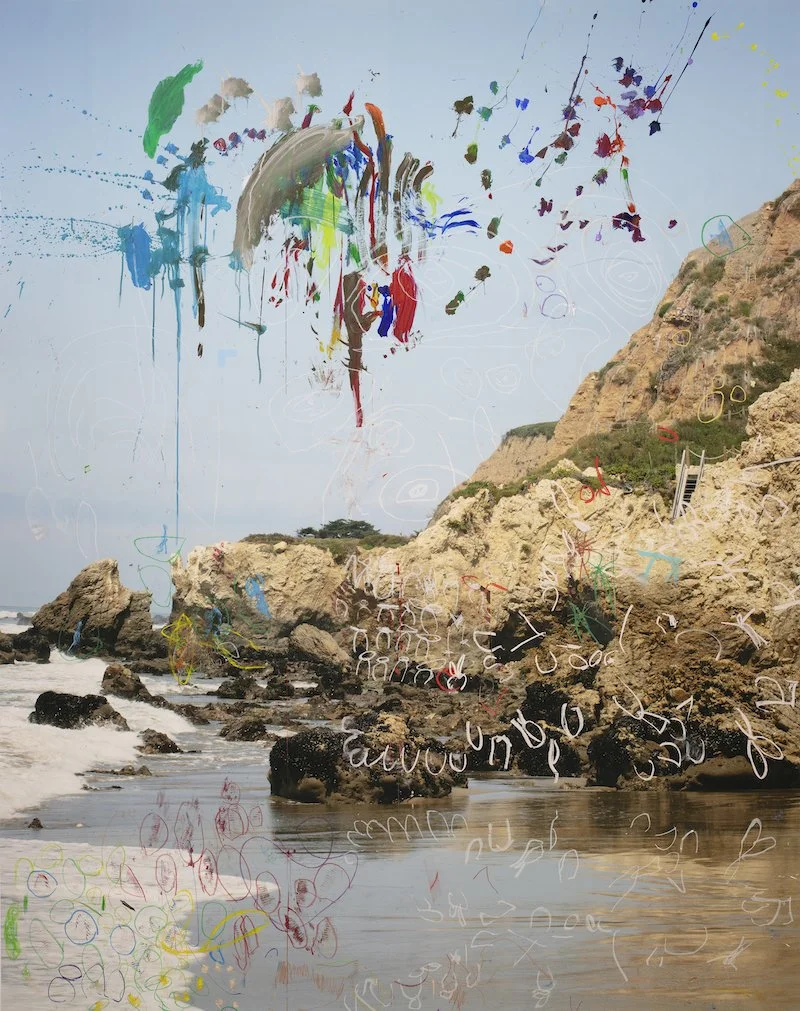





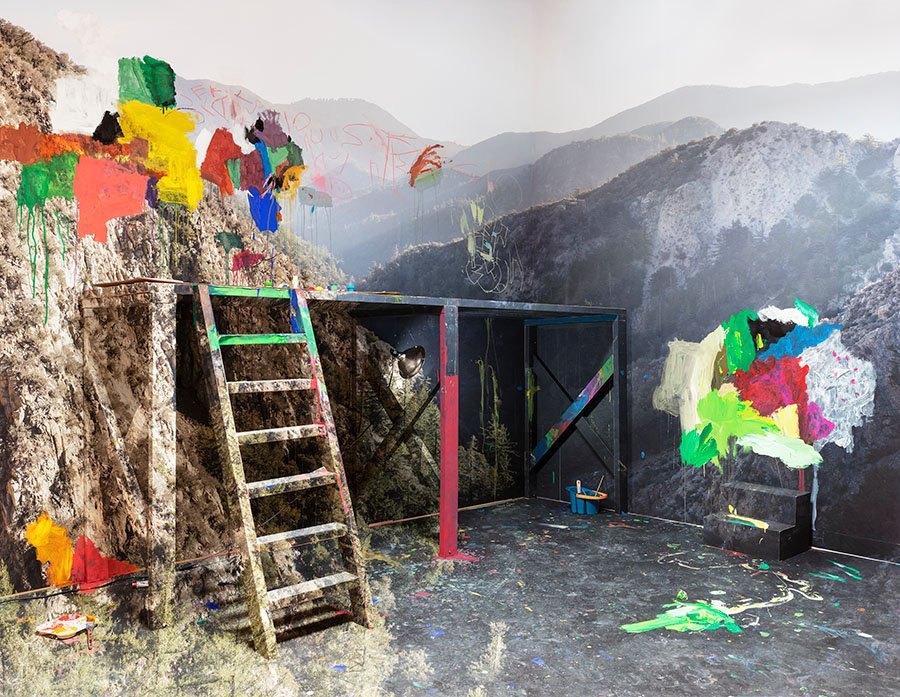


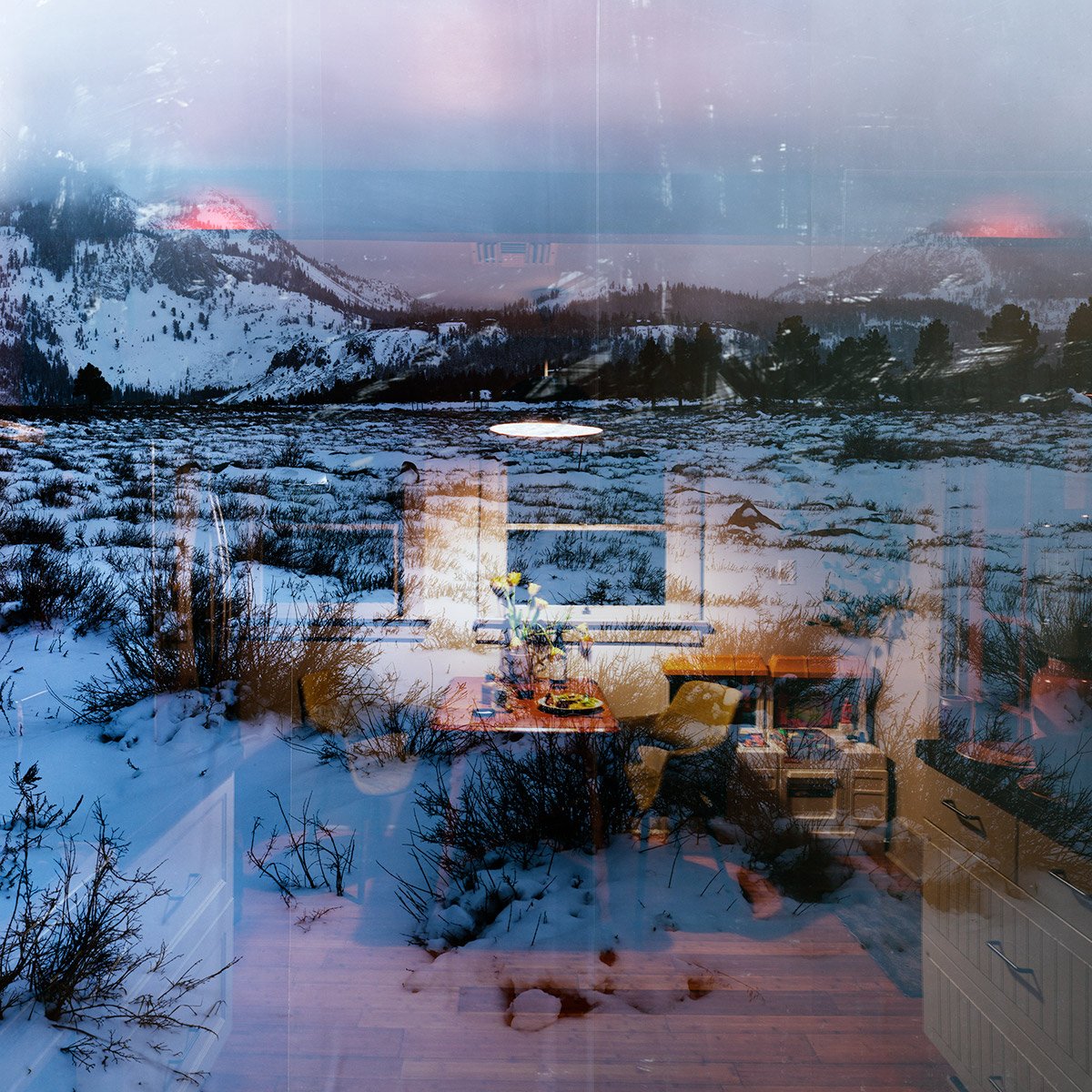

















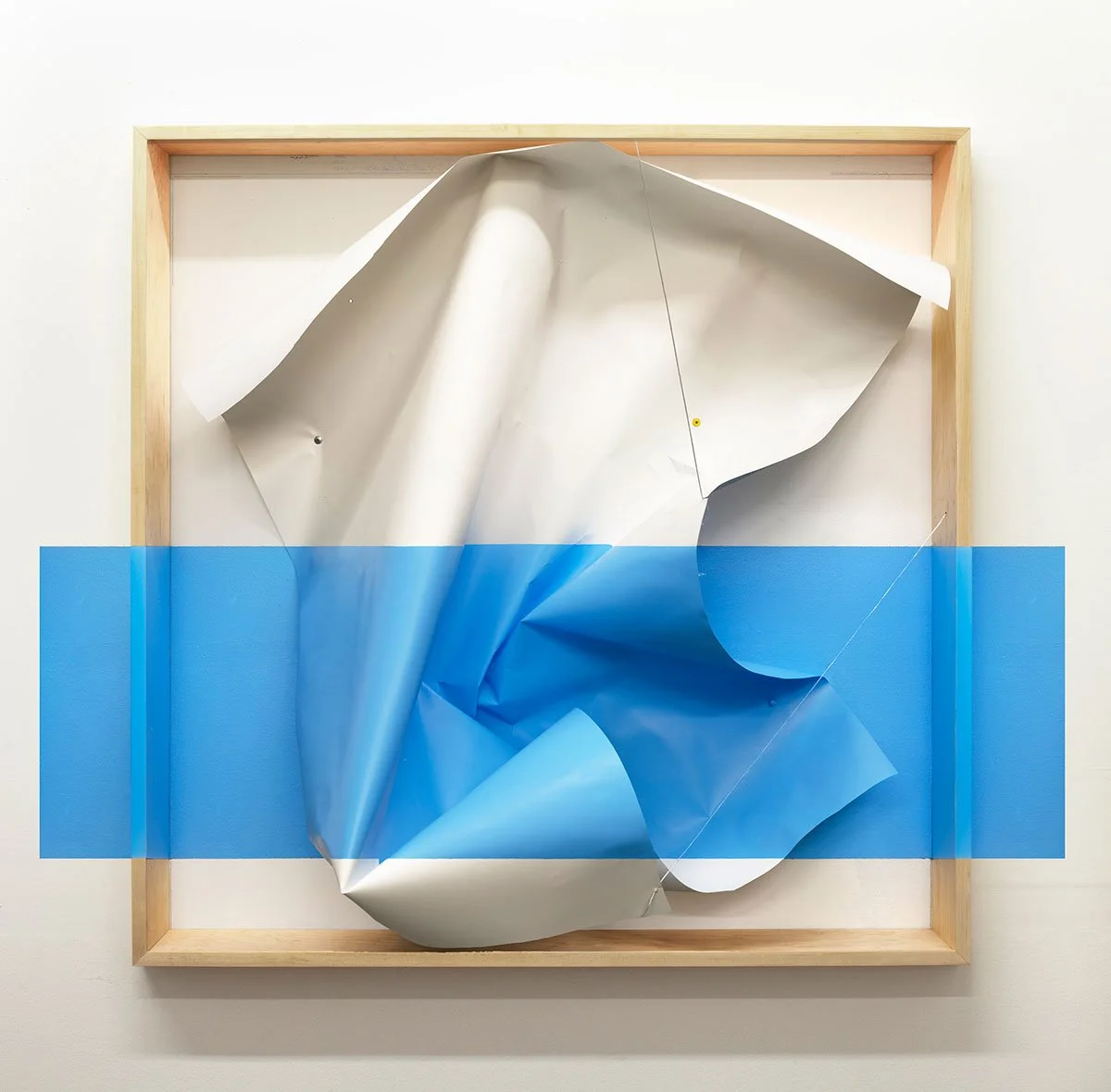




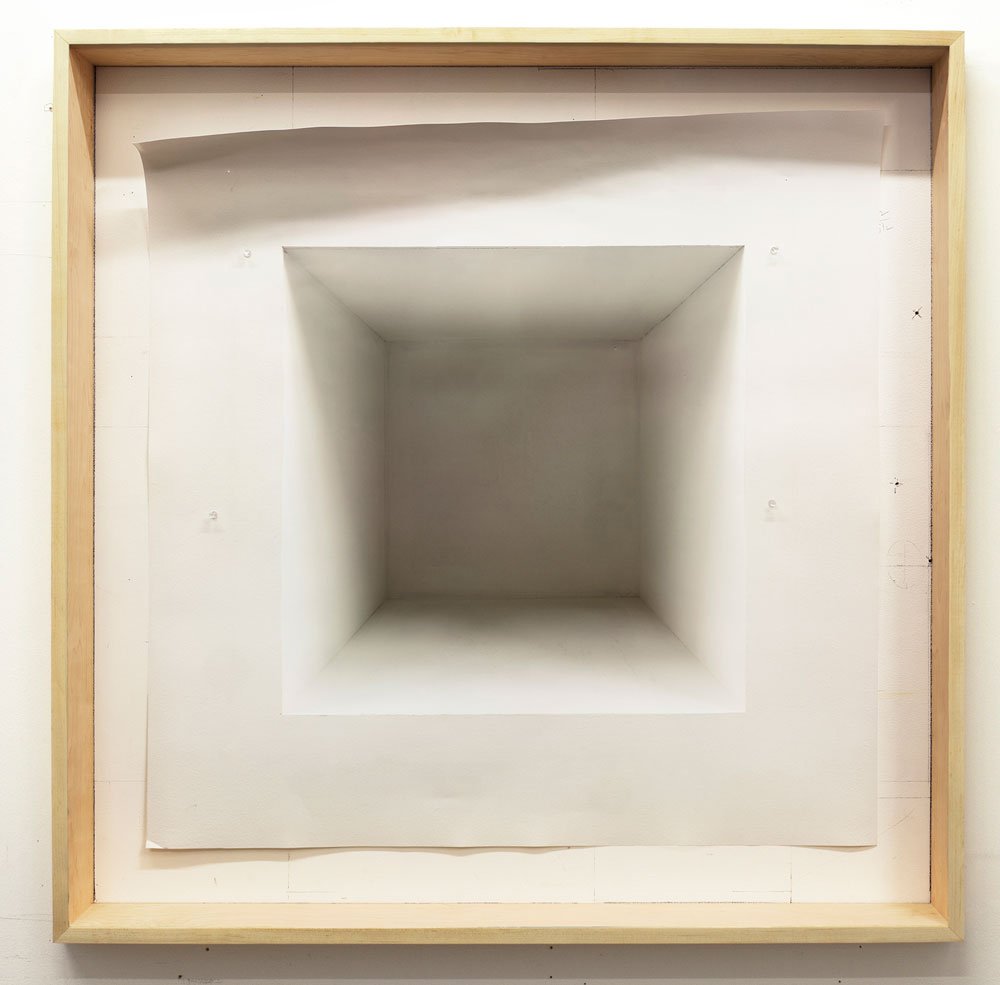













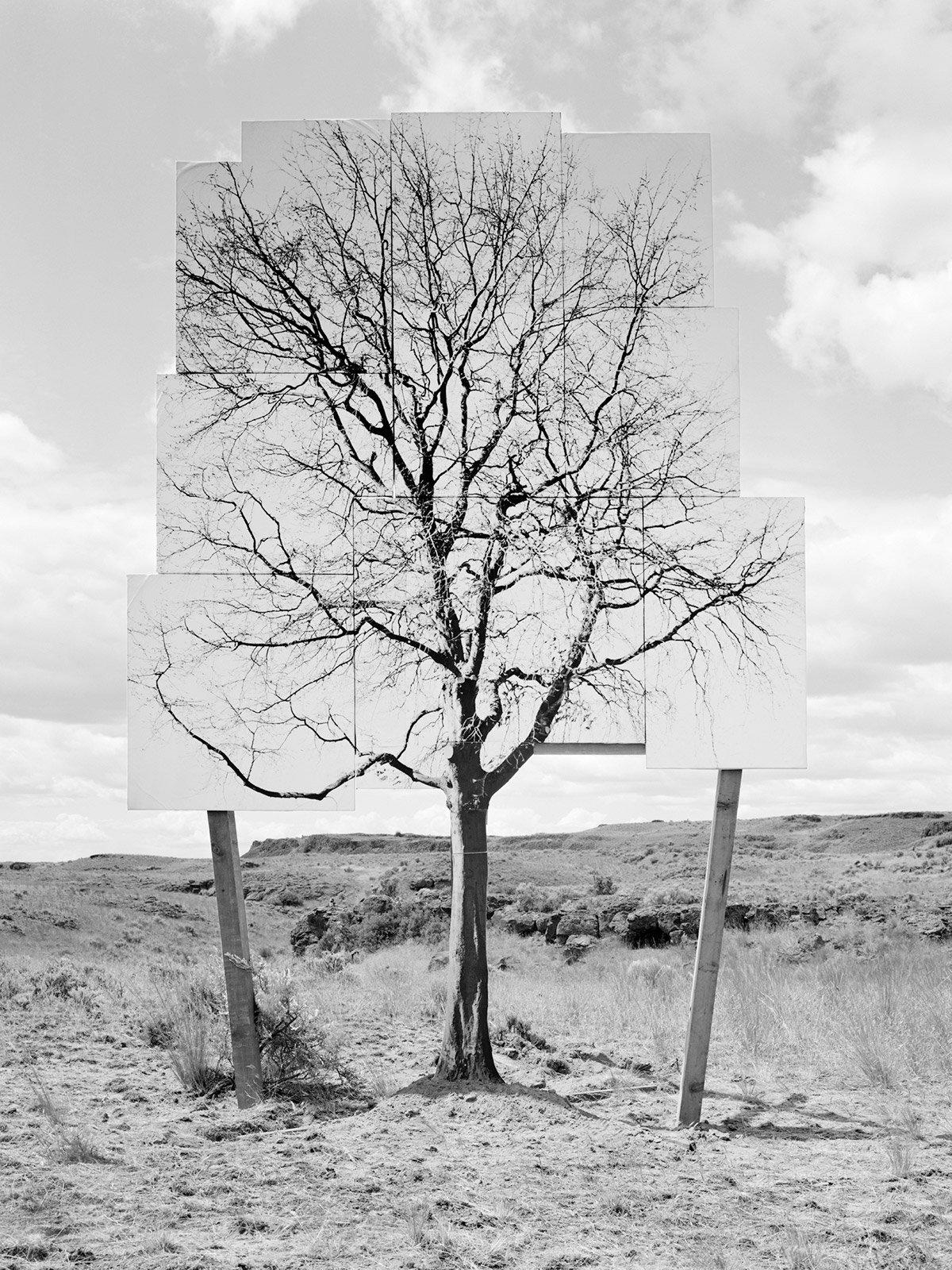











Pigment print
43 x 55.5 inches
Edition of 6
Price on request